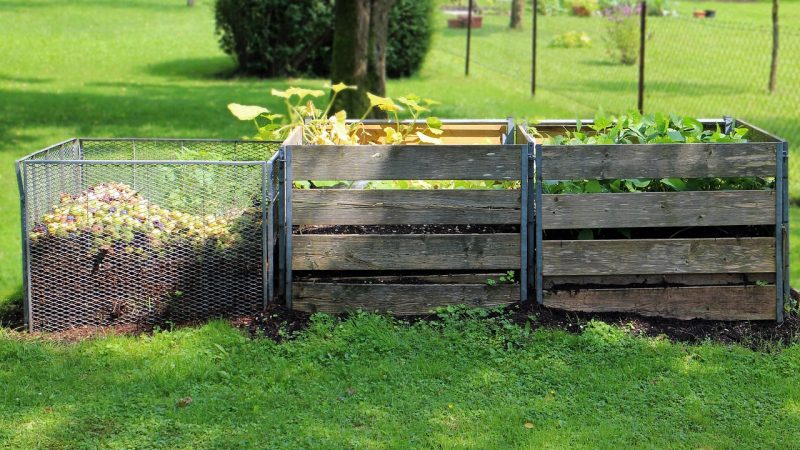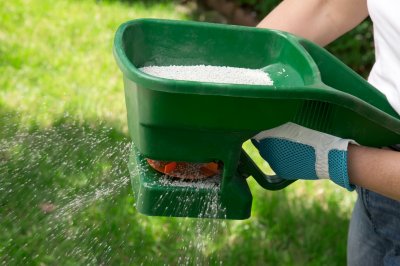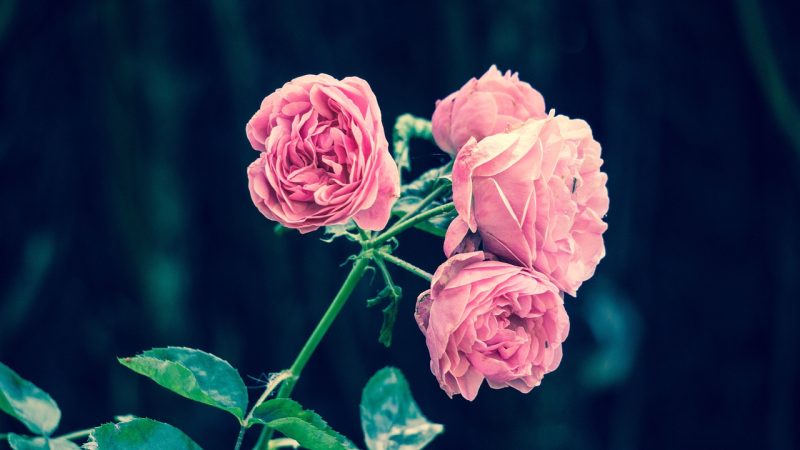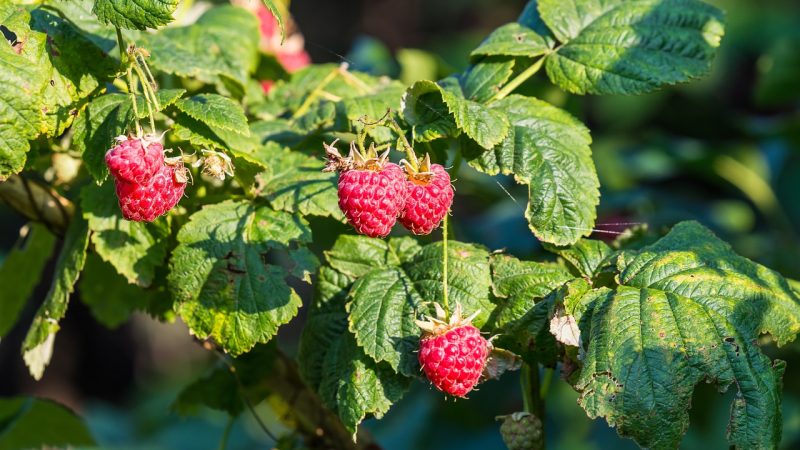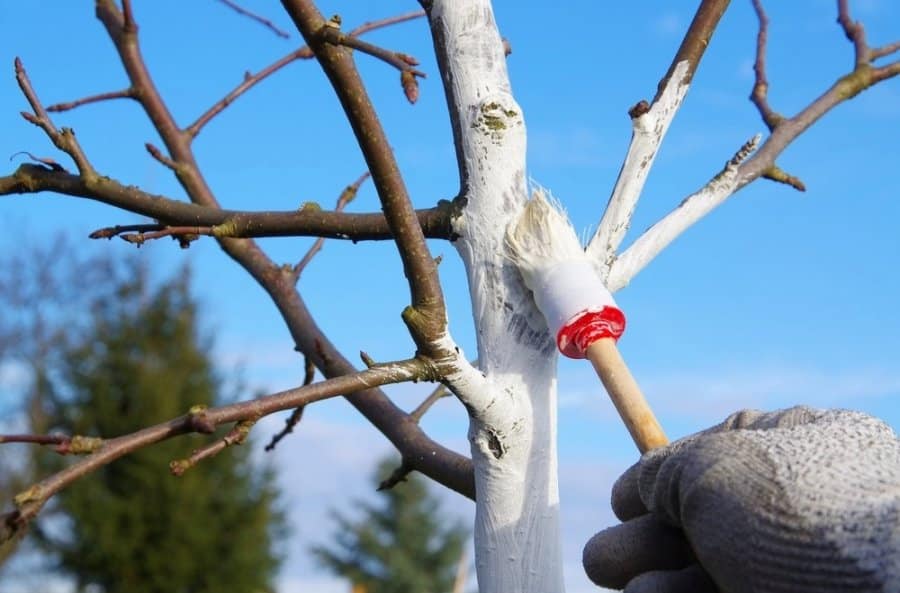Tree whitewashing is a common practice used to protect trees from various threats such as sunscald, insect infestations, and frost damage. Here are some recommendations for tree whitewashing:
- Choose the right time: The best time to whitewash your trees is during the dormant season, which is typically in late fall or winter. Avoid whitewashing during the growing season, as this can damage the tree and interfere with its ability to photosynthesize.
- Select the right materials: There are different materials you can use to whitewash your trees, including lime, kaolin clay, and latex paint. Lime and clay are more natural options, while latex paint is more durable and longer-lasting.
- Mix the whitewash: If you’re using lime, mix it with water to create a paste-like consistency. For clay, mix it with water to create a thin slurry. If you’re using latex paint, dilute it with water to a 50:50 ratio.
- Apply the whitewash: Use a paintbrush or sprayer to apply the whitewash evenly to the trunk and major branches of the tree. Be sure to cover all exposed areas of the tree, but avoid getting the whitewash on leaves or buds.
- Reapply as needed: Depending on your climate and the condition of your tree, you may need to reapply the whitewash every year or every few years. Check your tree regularly to see if it needs to be touched up or recoated.
- Clean up properly: After you’re finished whitewashing your tree, be sure to clean up any excess materials and dispose of them properly. Clean your tools with soap and water to prevent any potential spread of diseases or pests to other trees.
Remember, tree whitewashing is just one of many tree care practices you should consider to keep your trees healthy and strong. Make sure to follow proper tree care guidelines for pruning, watering, and fertilizing to help your trees thrive.


